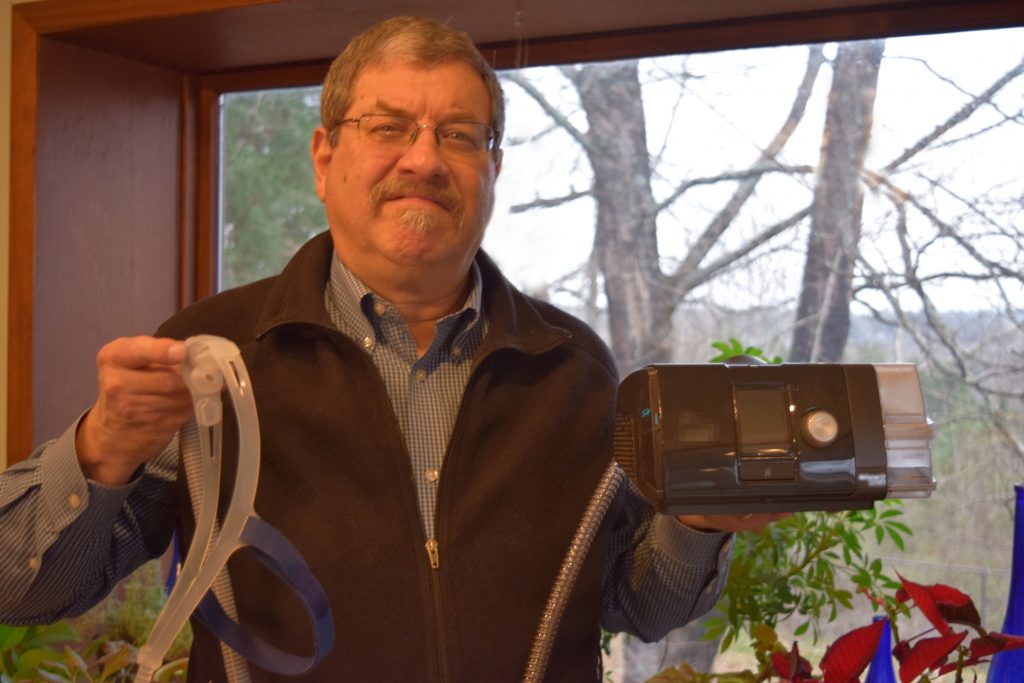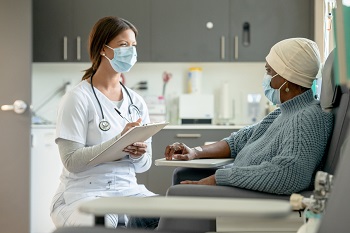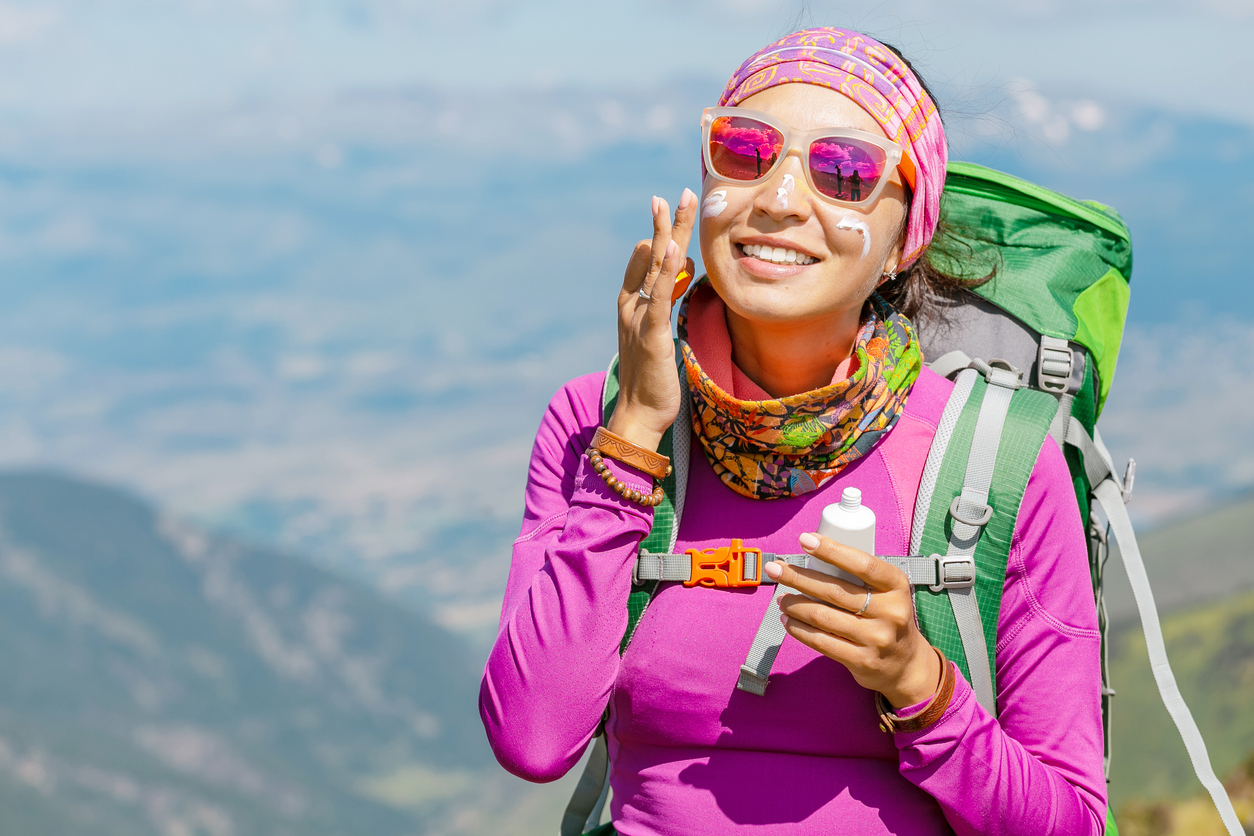- Find a DoctorDoctors by Specialty
- Cardiac Electrophysiology
- Cardiology
- Colon & Rectal Surgery
- Family Medicine
- Gastroenterology
- General & Vascular Surgery
- Gynecological Oncology
- Gynecology
- Infectious Disease
- Internal Medicine
- Interventional Cardiology
- Interventional Radiology
- Nephrology
- Neurology
- Neurosurgery
- Obstetrics & Gynecology
- Oncology
- Oncology & Hematology
- Orthopedic Surgery
- Otolaryngology
- Perinatology
- Psychiatry
- Pulmonary Medicine
- Radiation Oncology
- Rheumatology
- Sleep Medicine
- Thoracic Surgery
- Urology
- View All Doctors
- Our ServicesMedical Services
- Bariatric Services
- Behavioral & Mental Health
- Breast Care
- Cancer Care
- Critical Care
- Ear, Nose, & Throat
- Emergency Services
- Gastroenterology
- Glossary
- Heart Care
- Home Care
- Hospice & Palliative Care
- Imaging & Diagnostics
- Long-Term Care
- Nephrology
- Orthopedics
- Primary Care
- Rehabilitation Therapies
- Robotic-Assisted Surgery
- Sleep Services
- Spine Care
- Stroke Care
- Surgery Services
- Telehealth Services
- Urology
- Urgent Care
- Virtual Urgent Care
- Women’s Services
- Wound Care
- Our Locations
- Patients & Visitors
- About Us

Camping trip advice leads to years of restful sleep
It wasn’t noises outside their tent that kept assistant Scoutmaster Reed Thomas’s physician friend awake during a camping trip. It was the snores from Thomas himself.
More than a decade ago, the two men shared a tent during a group camping excursion that included each man’s son. An ice storm hit their camp just before nightfall, but perhaps the most life-changing part of the trip was when his tent-mate suggested that Thomas had sleep apnea.
Thomas said his wife had told him he snored, “but you know how guys are – we don’t necessarily believe it, or we think we’re better off ignoring the problem.”
Thomas said that later his friend gave him a study linking untreated sleep apnea to the possibility of early death. Convinced, he underwent a sleep study and was fitted with a C-PAP (Continuous Positive Airway Pressure) device. C-PAP machines push air down the back of the throat to hold the airway open, allowing users to have fewer sleep interruptions and wake up feeling more refreshed.
For Thomas, life hasn’t been the same since.
“I woke up the next morning from the best night of sleep I’d had in a long, long time,” said Thomas. “Now I use my C-PAP religiously. If I take a nap, I’ll use my C-PAP. If I go out of town, I take my C-PAP. If I fly, I take my C-PAP. If I go on a cruise, I take my C-PAP with me. I know I would not get a good night’s sleep without it.”
Amber Burns, physician assistant with Fort Sanders Regional’s Sleep Disorders Center, said almost 30 percent of adults in the United States report sleeping six or fewer hours per day. While sleep needs vary with some people requiring more and others less, most adults need about seven to nine hours in order to feel alert the next day.
Obstructive sleep apnea (OSA) is the most common disorder treated at Fort Sanders Sleep Disorders Center. OSA occurs when the upper airway becomes blocked repeatedly during sleep, reducing or completely stopping airflow. Obstructive sleep apnea has been associated with numerous health issues including heart disease, stroke, high-blood pressure, diabetes and even Parkinson’s disease and dementia. It has also been found to increase the risk of premature death by more than 30 percent.
That’s why Thomas tries to be an evangelist for C-PAP machines.
“It’s been life-changing for me,” he said. “I tell them my whole story from beginning to end if I have time. I’ve got it down to about 60 seconds now – it’s my C-PAP elevator speech.”
Learn more about the Fort Sanders Sleep Disorders Center by calling (865) 331-1375 or visiting https://www.covenanthealth.com/sleepdisorder/
























